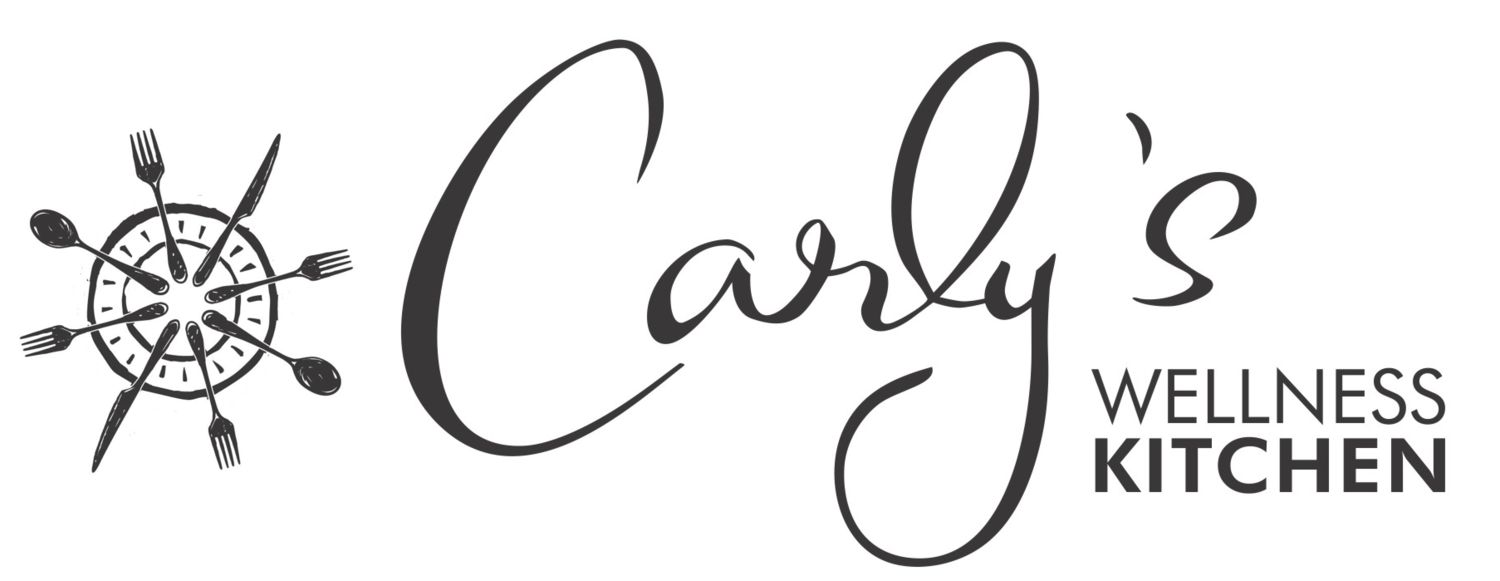Five Holistic Food Principles to Guide the Way You Think About Eating
I get it: Food choices can be hard. We are constantly bombarded by product advertisements touting health benefits, celebrities hawking diet regimens, and magazines selling the key to that summer body. And then there are the endless aisles of food products at the grocery store to choose from, potentially questionable culinary skills in the kitchen, and the struggle to even figure out what to cook in the first place. Meanwhile the takeout option sounds more and more appealing...
In our world full of mixed food messages, it’s easy to get lost and overwhelmed by all of the noise. Rather than follow the fads, here are five holistic food principles to help guide the way you think about eating. These are my core tenets, the force behind the food I cook for my clients and, yes, myself.
1. FOOD HEALS
By choosing a diet rich in vegetables, fruits, whole grains, and legumes, the food you consume has the power to fight chronic disease, promote longevity, increase vitality, decrease inflammation, and boost the immune system. With lifestyle diseases like heart disease, diabetes, and cancer at epidemic levels, it is time to start considering food the ultimate medicine for disease prevention. Diet is a modifiable disease risk factor. This means you have the power to take action and change the way you eat to support your health. Whether you are suffering from an illness or simply want to maintain optimum health, food is a primary tool for promoting and cultivating wellness.
2. WHOLE AND PLANT-BASED
Vitamins, minerals, and phytochemicals are vital for keeping the body healthy and vibrant. The best way to ensure that you are receiving the biggest dose and diversity of these nutrients is to eat a plant-based diet with a range of colorful fruits and vegetables. Consume these foods in their whole form, as nature made them before excessive processing and refinement. Work to use all of the edible parts, like beet greens as well as the roots, which are delicious sautéed with garlic and olive oil.
3. LOCAL AND SEASONAL
Buying local produce means that you will naturally eat with the seasons and consume foods at peak freshness. The colors, flavors, and beauty will be apparent in every bite. Eating with the seasons supports the body in its transitions through the year – crisp, bright salads in summer for combating the heat, comforting root vegetable stews in winter, and detoxifying greens in spring for cleansing the body of stored toxins. Learn what’s seasonal where you live by shopping at a farmer’s market. GrowNYC has this helpful resource for New Yorkers.
4. FLEXIBLE
Some years you might try to stick to a vegetarian diet, but some days you may feel like you just really need some animal protein. When you are eating a whole foods diet you can listen to your body’s cravings and work to bring balance through food. Do it without judgment, without an ego. Be flexible enough to try something new when the old stops working. Our bodies are constantly changing, so it makes sense that our diets will too.
5. FLAVOR
You should not have to choose between flavor and health. Nourishing food can be as vibrant, bold, and exciting as you are. By balancing flavors – salty, sweet, sour, bitter, and spicy – a whole foods diet can definitely leave you feeling satisfied and make you say YUM!

